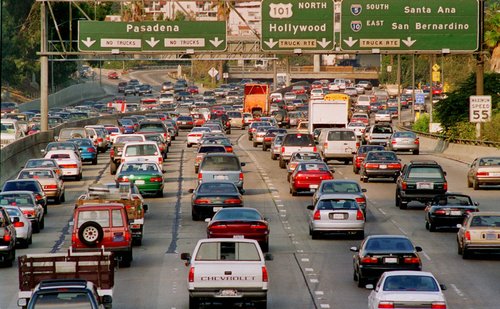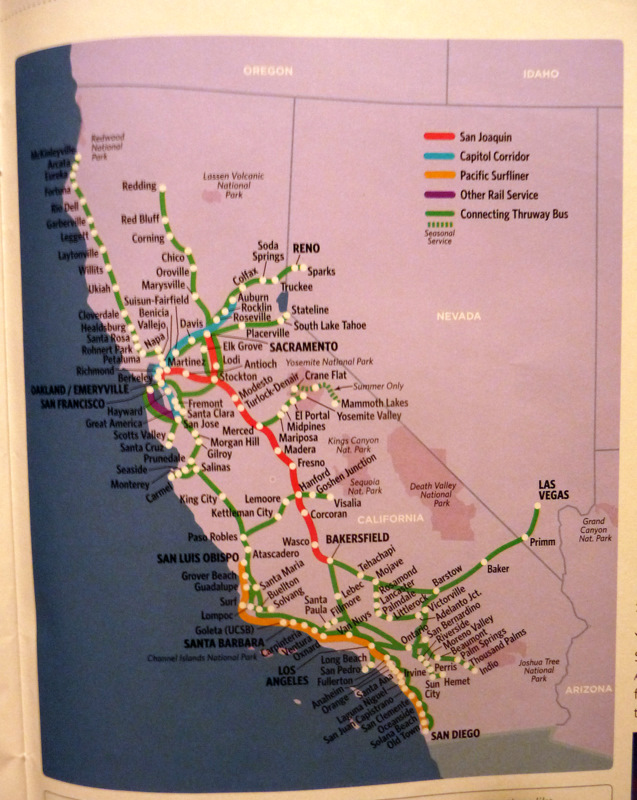Op-Ed:
Metropolitan Area Express Park & Rides and the Free Rider Problem
Reducing
auto-centric commuting in Portland has often been a discussion topic between
enlightened individuals in coffee houses, pubs and classrooms across this city.
Similarly, figuring out how to adequately fund TriMet, dry though it is in
subject matter, has undoubtedly been discussed over a pint or a coffee as well.
It is my intention here to stimulate a similar discussion in an acute fashion.
That is, how can TriMet implement a policy that will reduce free-ridership and
improve revenue?
Despite its
efforts to keep its operating costs down, TriMet the organization that handles Portland’s
mass transit needs is facing a 17 million dollar budget shortfall over the next
year. And making up that difference is proving to be challenging for an agency
that receives an average of 57% of its operating revenue from taxes and 24%
from passenger fare (TriMet Budget, 2013). The issue at hand most easily dealt
with is revenue generated from those who use the service. TriMet obviously
acknowledges that its MAX service has a free-rider problem and is not
generating as much revenue as it could. In 2011 they moved their policy for
riders without fare from one of warning to one of zero tolerance with a $175
fine (trimet.org, 2011). In yet another move to sure up the budget and reduce
free-ridership TriMet absolved Portland’s beloved “Fareless Square”.
Now let’s deduce
this topic into something more personal. I have three simple questions.
-
First: Have you ever used MAX without paying your fare?
-
Second: Have you ever been checked by transit police for proof of fare?
-
Third: If so, did you have valid fare? Or were you lucky?
If you answered
yes to two or more of these questions as 10 out of 18 individuals I surveyed using
social media did, then you should agree that TriMet does have a free-rider
problem. One respondent surveyed stated that she “rarely had paid for MAX, had
never been asked for valid fare and therefore was never lucky”. Portland’s
light rail network is 52 miles long and has cost hundreds of millions of
dollars to build and maintain (MAX factsheet, 2012). But if MAX has a
significant free-rider problem it cannot be generating maximum potential
revenue. Thereby diminishing the public's’ return on investment and contributing
to TriMet’s current budget woes.
I’ll get
back to dealing with the free rider in a moment. For now though, I think it is appropriate
to discuss TriMet’s Park & Ride facilities. Those with experience parking
at the innermost parking garages know that free parking is a very finite thing.
As Joseph Rose of the Oregonian put it “ask anyone who has wasted time circling the
ramps inside the Sunset Transit Center's park and ride garage, and they'll tell
you that it's nearly impossible to find an open space after 7 a.m.” (The
Oregonian, 2010). Logic dictates that the 622 space Sunset TC reaches capacity
for many reasons including proximity, cost of parking and, MAX commute time to
destination. To use Sunset TC as an example, only 622 cars are removed from the
road each day? Perhaps more importantly, how many of those drivers paid their
fare to TriMet for a free parking space?
I think we
can all agree that solving TriMet's budget dilemma will need many approaches,
each approach either reducing operating costs or increasing revenues. After
using Sunset Transit Center as a parking garage and commuting to school on MAX
for more than two years I think I may have a partial solution for TriMet’s
dilemma that can be applied to every Park & Ride facility: Systemic
reduction of the free rider through commodifying the free parking space at key
transportation terminals.
Implementing
a parking pass program at TriMet’s most popular parking garages would increase
revenue while making reductions to the free-rider problem. Policy here does not
require an increase in fees for use of a parking space. That would be counterproductive
in the endeavor of reducing VMT and peak congestion as parking in the city
would become more competitive with parking in the suburbs. Rather, production
of a second window ticket for the vehicle upon the rider’s request would
suffice. This simple policy change would produce two guaranteed outcomes.
-
First: it would ensure all individuals
parking their vehicle in a TriMet lot have paid their fare.
-
Second: it would ensure that all
individuals parking their vehicle in a TriMet lot who have not paid their fare
would not have a window ticket and therefore would receive a heavy parking
fine conveniently of $175. If the rider purchases transit passes on a quarterly
or annual basis, that individual can receive a more durable window sticker
covering them through the period of payment.
In the past Portland
has achieved reductions in auto-centric commuting through investments in large
free parking garages, an excellent light rail system, and an effective active
transportation network. Without an effective and adequately funded
transit agency, reducing congestion and VMT’s further in Portland will prove a
real challenge. I do not pretend that this ticketing strategy will produce the
additional $17 million TriMet is looking for. It will help though.
Works Cited
Rose, Joseph. "Oregon." The
Ian. N.p., 29 July 2010. Web. 31 May 2013.
"Why Is There a Budget
Shortfall?" Trimet.org. TriMet, n.d. Web. 31 May 2013.
"TriMet Max Westside
Factsheet." TriMet, n.d. Web. 25 May 2013.
"TriMet Max Factsheet."
TriMet, n.d. Web. 25 May 2013.
"Cracking Down on Fare
Evasion." TriMet:. Trimet.org, n.d. Web. 31 May 2013.














